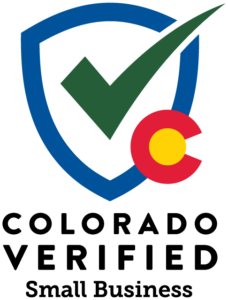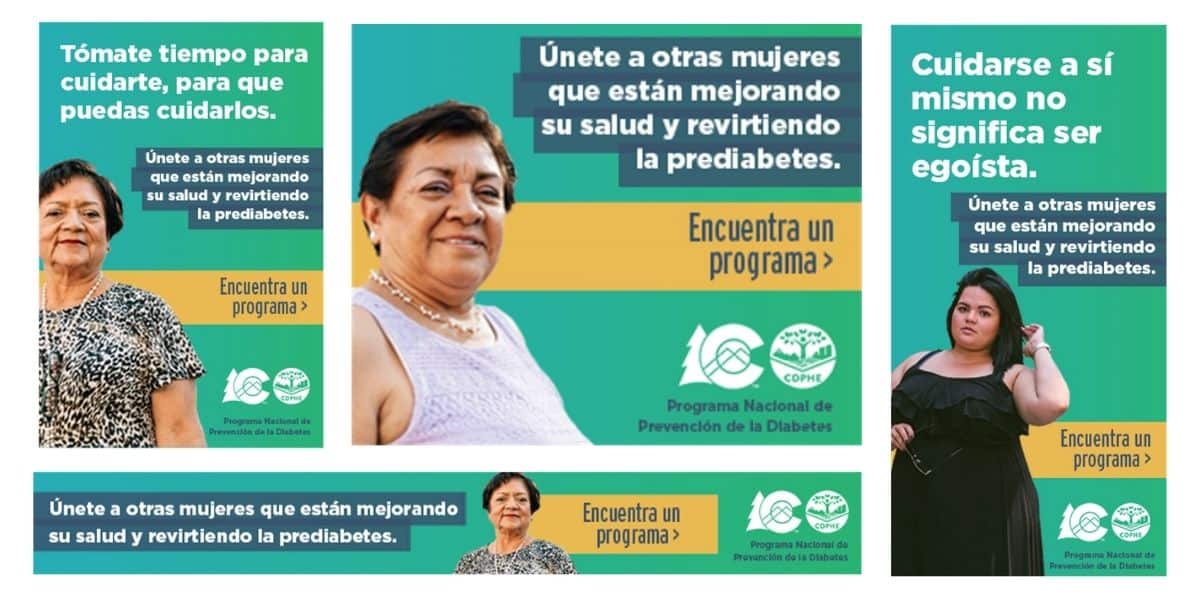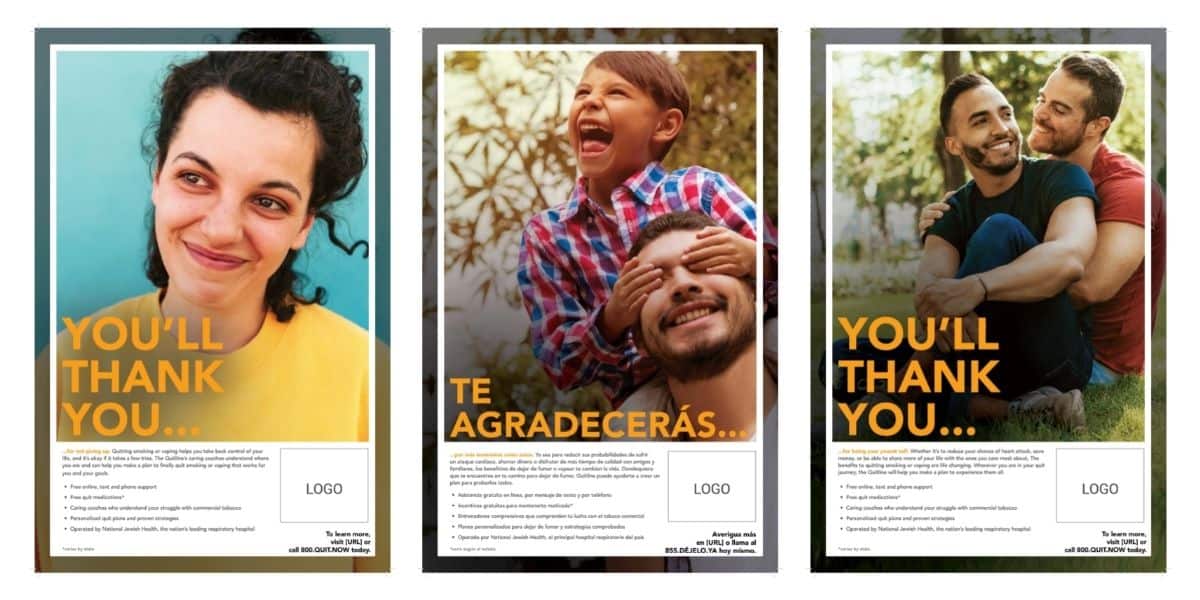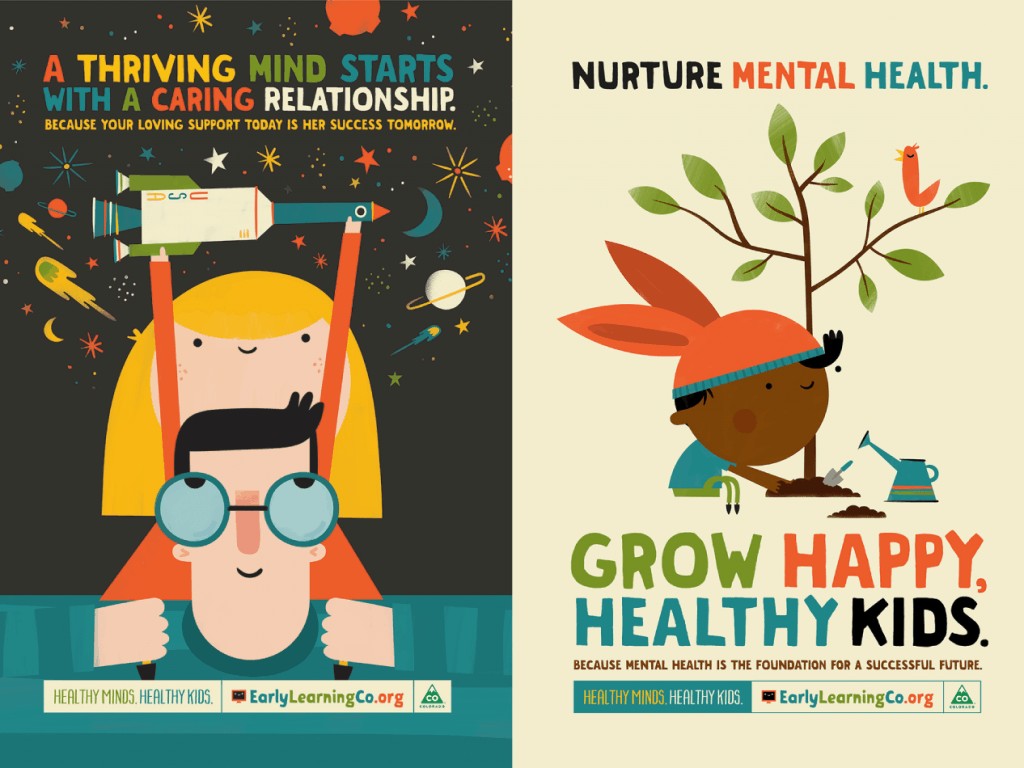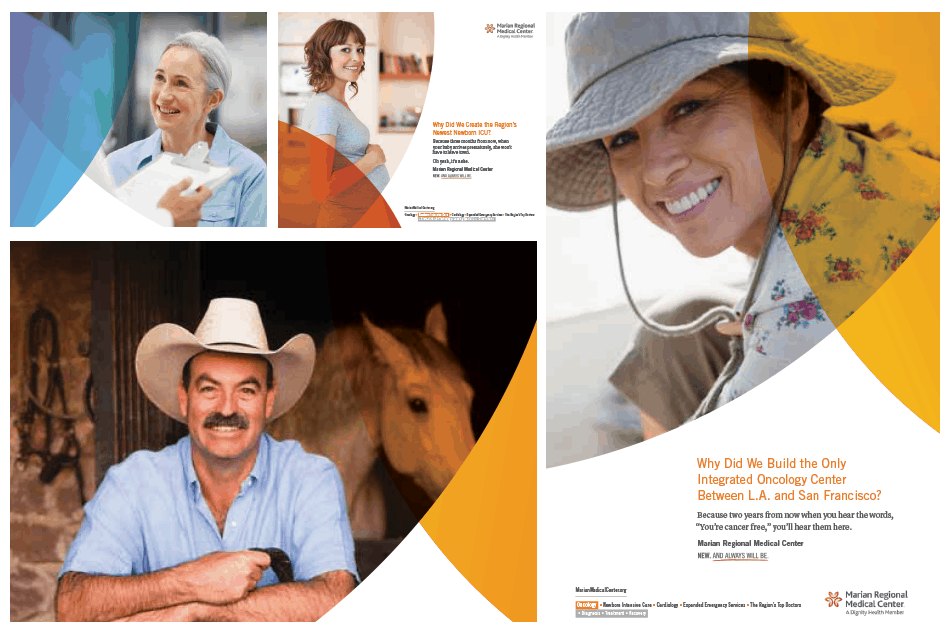It would be a great understatement to say that journalist-run startups typically put a lot more energy into reporting than planning for financial sustainability.
While this limits their financial growth, or even long-term sustainability, many keep plugging along, producing great content along the way.
Few pull the curtain back on their finances — unless they’re nonprofits, they have no responsibility for financial transparency — and grateful readers like me are just happy to see them succeed, or at least survive.
SE2 is happy to support some of them through subscriptions. And sometimes through sponsorships. (If they’re nonprofits, donations provide us with the usual tax benefits, which helps us justify bigger investments.)
When assessing the value of a sponsorship for our public issue marketing and communications agency — or for a client — we want to know what any advertiser would ask: Will they help us reach a target audience in an impactful way?
A target audience doesn’t necessarily mean one that’s big or powerful, at least in the traditional sense, just an audience that is critical to reaching our objectives for a specific project. (A long, long time ago, we pioneered buying advertising on The Denver Post editorial page to reach that wonky audience. It worked well, but we had to convince the Post to let us do it.)
Successful media organizations usually know a lot about their audiences and are happy to tell potential advertisers.
Axios, whose ad revenue appears to be supported significantly by tech companies that want to reach its plugged-in audience, monetized this reach for a cool $525 million.
SE2 has sponsored Axios Denver emails. For those of us who focus a lot on regional issues, these influential local audiences are key.
One important group of influencers is journalists themselves. How they frame issues, who they quote and which facts they choose to share influence the broad audiences they reach.
I spend a lot of time on Twitter, and I’ve curated a free-to-follow list of more than 1,000 Colorado journalists there, so that’s one way I stay in touch with media people.
Another great way to reach Colorado journalists is through Inside the News in Colorado.
My biggest complaint about this weekly e-newsletter is that publisher/author Corey Hutchins crams too much meaty news into each edition. (Corey might want to buy a copy of the Smart Brevity handbook published by the Axios founders. Or maybe just ask an Axios scribe for one of their six copies.)
This month, our client One Chance to Grow Up, which works to limit harm to kids from marijuana, sponsored Corey’s newsletter to promote an educational campaign highlighting a State of Colorado warning on marijuana concentrates.
Too often media coverage depicts marijuana with a leaf and describes it as a harmless plant when young people, whose brains are still growing, are increasingly dabbing nearly pure THC resin. Our hope is that by exposing more journalists to the State of Colorado warning, more coverage will reflect the known risks.
It’s been great to work with Corey on this sponsorship. I’d encourage others who want to reach his uniquely influential audience to consider In the News in Colorado as a cost-effective way to connect.
Like a lot of journalists, Corey is better at reporting than promoting himself. But he’s built an audience of roughly 2,000 subscribers, and his metrics show that well over half of subscribers open his newsletter each week. In other words, he’s created something of great value.
Now he just needs to keep monetizing it so it can continue and grow — and hopefully become a model for other journalism organizations like his!

About the Author:
Eric Anderson (he/him) began his career as a newspaper reporter in Washington, D.C., Hong Kong, and Denver before co-founding SE2 in 1998. He has helped guide marketing and communications campaigns on some of the era’s most pressing issues, from public health to education to the environment. He lives in Englewood, Colorado with his wife, Amber. Together they have four adult children, two dogs, and one cat.

